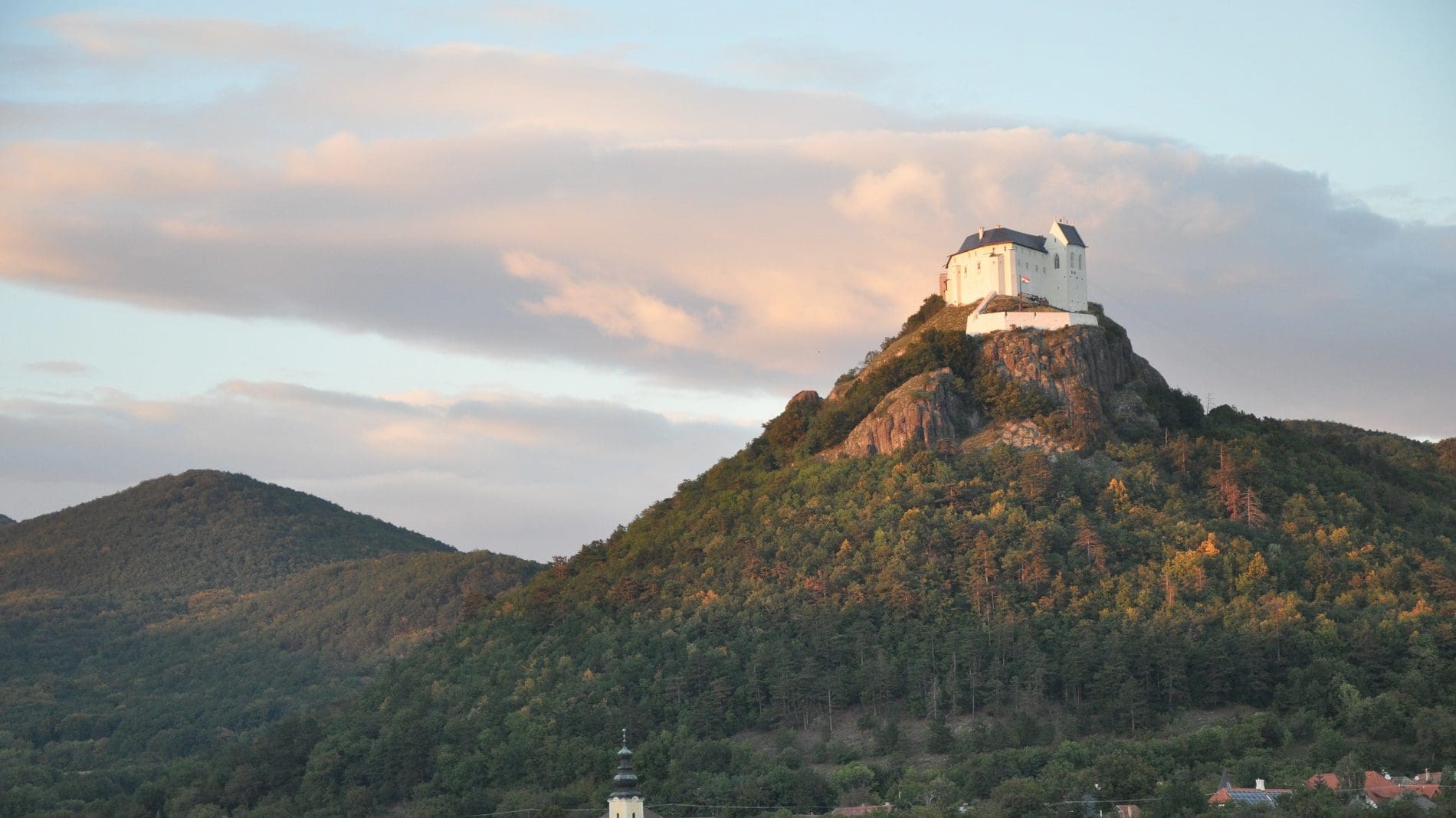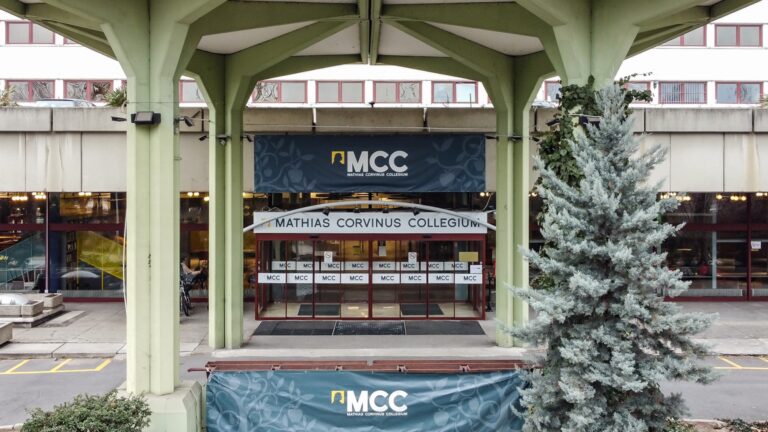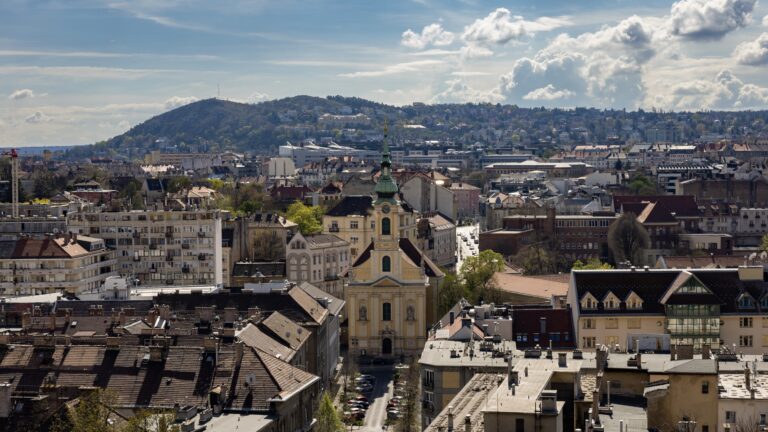As we reported last year, Hungary is transforming from a country of fort ruins into a land of the reconstructed past. In recent—and upcoming—years, several legendary forts and magnificent palaces are regaining their former glory. Evidently, this is not without controversy.
Hungarians have a special connection to their fortresses. They have a special attachment to the built structures of our heroic past, the last tangible, free-standing parts of our heritage, which recall the old centuries that passed. All this is inseparable from the events of Hungarian history. It is inseparable from the fact that the over-thousand-year-old state was a major European power in the first half of its lifespan; a power which first won its freedom from its Eastern and Western enemies, went on to live its heydays, then was battling the Ottoman troops going for Europe.
Meanwhile, the memory of the Hungarians’ old past and centuries-long fighting are manifested in these forts. More specifically, what has remained from them within the borders of modern Hungary. One of the reasons for our special attachment is that the parts of the old Kingdom of Hungary where more castles preserved in fine condition are located were given to Czechoslovakia (Northern Hungary, Upper Lands) or Romania (Transylvania).
The entire area of the rest of Hungary, meanwhile, served as the setting for the battles against the Ottomans in the 16th and 17th centuries. Consequently, the vast majority of the forts in Hungarian territory were passed on to posterity as ruins, to varying degrees. There were a couple of bastions still standing here and there, at other places, only the mass foundation remained—if that. In some cases, only some parts could be dug up from the ground, mostly during the 20th century.
Oh, the 20th century: this was when monument protection efforts, in the modern sense, started, but—following the early, romantic-fantastic reconstructions—they only extended to the preservation of the ruins according to the ‘fashion’ and the scientific consensus at the time.
This was the golden age of the Venice Charter. It is a 1964 document which, based on its own modernist, critical, scientific philosophy—while not taking into account any other aspects—issued strict and narrow guidelines for the preservation and reconstruction of monuments. Its core objective was to conserve the remaining true historical monuments in their exact condition at the time—in case any additional structures were built, they had to be strictly separated from the original parts.
The Venice Charter was considered an unquestionable ‘sacred text’ by architects, preservation activists, and authorities alike.
In our country, the spirit of the Charter meant that the fort ruins of the country had to be preserved in their exact condition. Any sort of reconstruction, reshaping, let alone building creative supplementary structures, could not even be considered.
Monument preservation experts were carrying out multiple important studies in the socialist period between 1945 and 1989, and they saved many monuments and ruins for future generations. However, the leaders of the Communist regime, evidently, did not feel the need to do anything to prominently recall the old, grand nationalist pride of the past.
Because of all this, a deep chasm started to form within Hungarian society; more specifically, between the more conservative, patriotic parts and the expects keeping to the Venice Charter. There has always been a populist, then—after the fall of the communist regime—a political will to renovate the forts and palaces to the greatest extent possible. In the 21st century, raw economic and touristic reasons also emerged for doing so. Also in the 21st century, sufficient funds and political will became available to start the reconstruction of forts. In the years after the regime change, the lack of funds and the resistance from experts insisting on following the philosophy of the Venice Charter made these reconstruction efforts impossible. The economic growth of the 2010s, as well as the reception of EU subsidies, made way for the castle renovation programme to start, which has yielded numerous results by now.
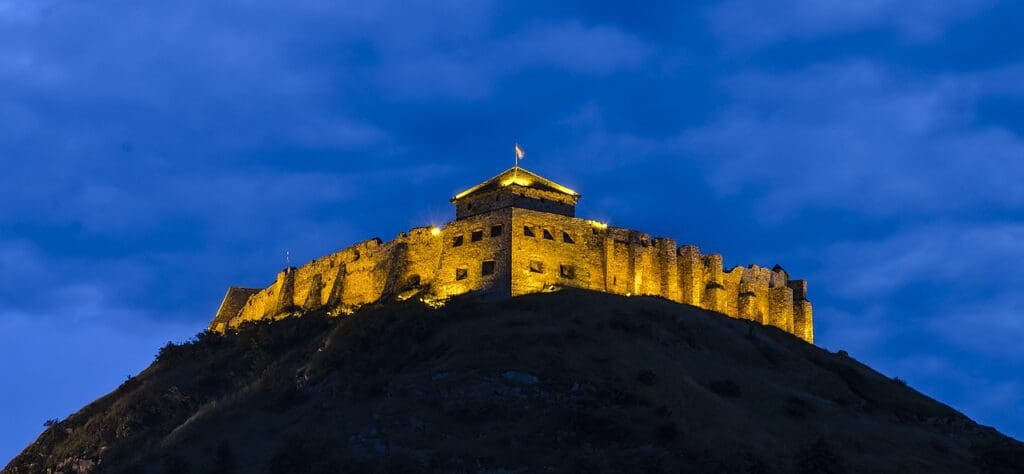
For instance, the reconstructed Castle of Sümeg, located near Lake Balaton, was recently unveiled. The building of the fort, sitting on top of a steep hill, started in the 13th century. Kings and oligarchs fought for it in the 14th and 15th centuries. By the second half of the 16th century, it played a role in the fights against the Turks. Just like in the case of many other Hungarian forts, it was not the fights concluding with the end of the 17th century that brought its demise, but, rather, the peacetime coming in the 18th century. Certain fortresses were torn down by the soldiers of the ruling Habsburgs themselves, others were—both intentionally and unintentionally—blown up. Meanwhile, some of them, left unattended, were used basically as a free source of building materials by the people living around them. The Castle of Sümeg, for example, was burnt down as part of an exercise for the Habsburg military.
The fort, which had been decaying for two centuries, had become a tourist attraction by the second half of the 20th century, it then was renovated, with the renovation work starting in 2016 under the National Fort Programme. This state programme has had and will have great significance, because of its continuous reconstruction projects.
Within the scope of the National Palace Programme and the National Fort Programme, 18 palaces and 12 forts are undergoing extensive renovations.
Not only will they regain their former beauty, but they will also receive additional functions, so they can meet modern needs, in a way that is in harmony with their original features. In Sümeg, for example, spherical buildings are being built that are reminiscent of old fortresses. In these structures, new attractions and even more vivid fort life experiences can be presented.
Under the National Fort Programme, several other old structures will also get renovated—usually, with apparent great results, at other times, amid controversies. The reconstruction of the Castle of Füzér, for instance, turned out quite beautifully in the northernmost corner of Hungary. There, a seemingly original fort building had been rebuilt out of the foundation of the old. Tourists tend to love Füzér, however, ICOMOS, the monument preservation body of UNESCO, has given it a ‘Raspberry Award’, claiming it has “completely neglected” the principles of monument preservation.
The reconstructed castle in Nagyvázsony, located in the Transdanubian region, has also been recently opened to the public. It was under the ownership of Pál Kinizsi, the general of King Matthias I of Hungary. During the reconstruction efforts, the donjon has been saved and renovated. However, the loggias of the inner courtyard were rebuilt from concrete iron; and the smooth, simple lines of the new spherical buildings also stand out within the medieval walls of the fort.
In addition to the fortresses, the palaces from the 18th century baroque and rococo periods, often neglected in the socialist era, have also been refurbished. The Esterházy Palace, located in the beautiful lakeside small town of Tata, is an exemplary specimen of that. It has even been visited by German and Austrian emperors. Now, it is being reborn from its ruins, forming into a venue presenting the life of a baroque-period landlord again.
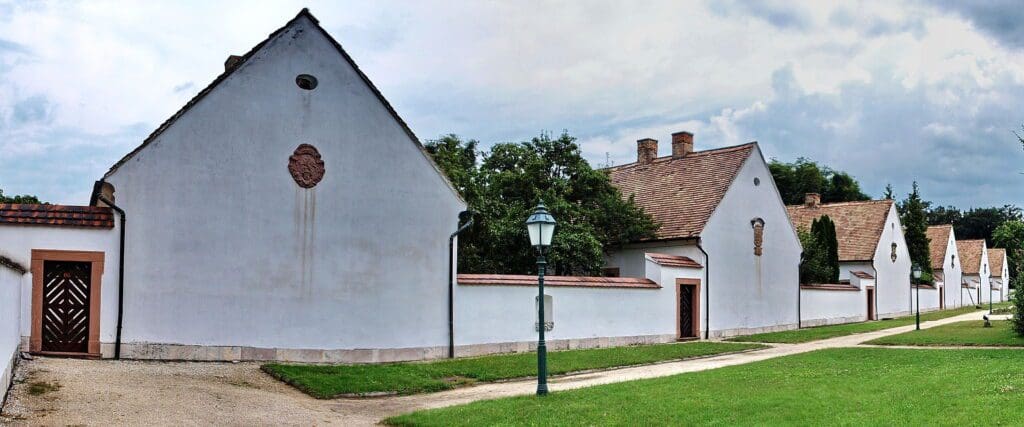
The Camaldolese Hermitage of Majk has undergone a similarly pleasant-looking and tasteful renovation. The 18th-century monk community’s charming block of houses, the baroque steeple, along with the convent, emanate a special atmosphere. Within the framework of the reconstruction programme, several initiatives are also launched that are bringing the old monastery to life, such from the meditation garden, through the eco-farm and the lookout tower, to the presentation of old crafts.
If someone has not been to the fortresses and palaces of Hungary in the last 20 or 30 years, and is just now returning to see the biggest attractions, they are definitely in for a big surprise, seeing how much has been completely renovated over the years.

